
Back Up to
Deep Space
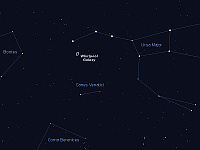
Finder Chart
Regular Size
Caption
Credit: The sky chart program, Stellarium, available at stellarium.org
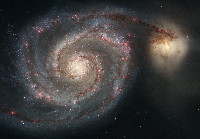
Hubble Image
Regular Size
Large Size
Caption
Credit: NASA, ESA, S. Beckwith (STScI), and The Hubble Heritage Team (STScI/AURA)
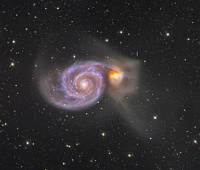
Deep Image
Regular Size
Full Size
Caption
Credit: Jon Christensen at www.christensenastroimages.com
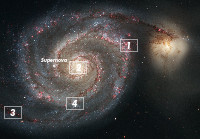
Zoom Locations
Regular Size
Credit: NASA, ESA, S. Beckwith (STScI), and The Hubble Heritage Team (STScI/AURA)
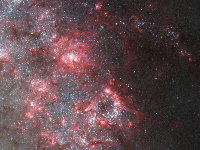
Zoom 1: Edge of an Arm
Regular Size
Caption
Credit: NASA, ESA, S. Beckwith (STScI), and The Hubble Heritage Team (STScI/AURA)
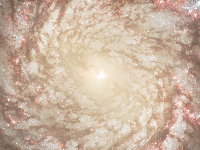
Zoom 2: Center
Regular Size
Caption
Credit: NASA, ESA, S. Beckwith (STScI), and The Hubble Heritage Team (STScI/AURA)
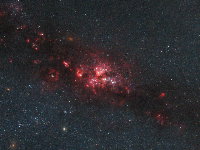
Zoom 3: Dusty Star-Forming Region
Regular Size
Caption
Credit: NASA, ESA, S. Beckwith (STScI), and The Hubble Heritage Team (STScI/AURA)
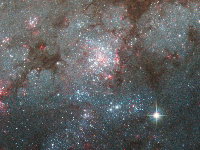
Zoom 4: Massive Star Cluster
Regular Size
Caption
Credit: NASA, ESA, S. Beckwith (STScI), and The Hubble Heritage Team (STScI/AURA)
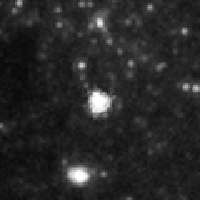
Supernova Animation
Regular Size
Caption
Credit: NASA, ESA, W. Li and A. Filippenko (University of California, Berkeley), S. Beckwith (STScI), and The Hubble Heritage Team (STScI/AURA)
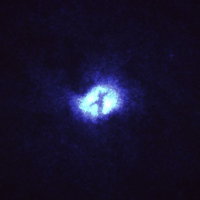
Region Surrounding the Black Hole
Regular Size
Caption
Credit: H. Ford (JHU/STScI), the Faint Object Spectrograph IDT, and NASA
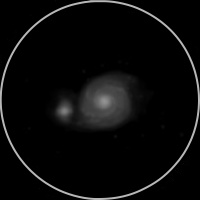
Through a Telescope
Regular Size
Caption